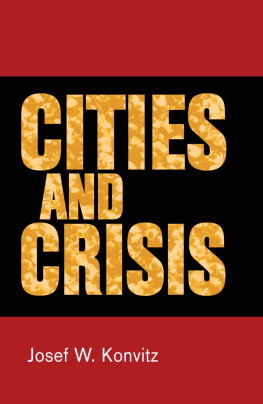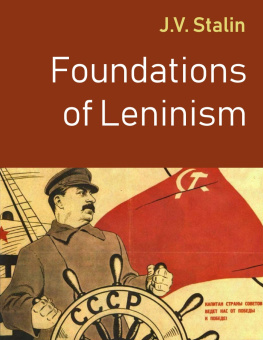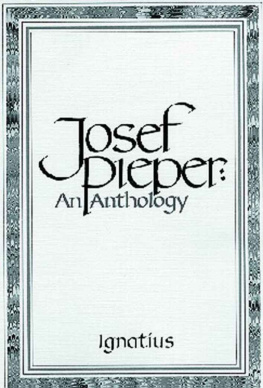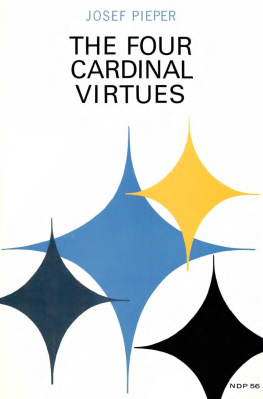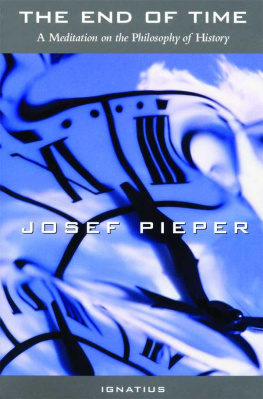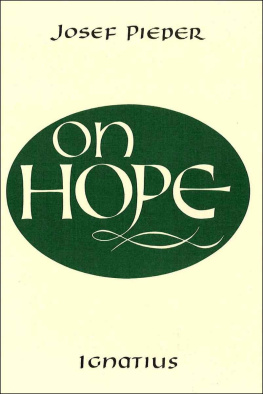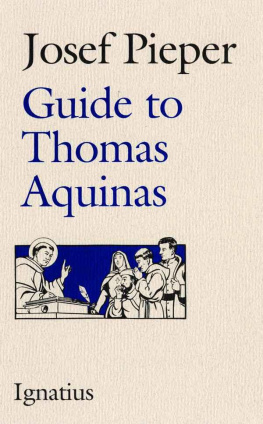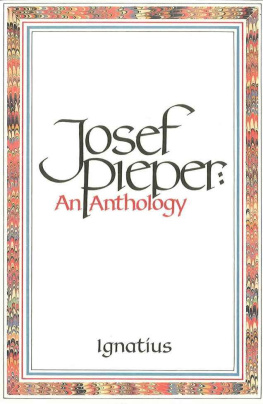Anatomy of a Controversy
First published 1994 by Scolar Press and Ashgate Publishing
Published 2017 by Routledge
2 Park Square, Milton Park, Abingdon, Oxon OX14 4RN
711 Third Avenue, New York, NY 10017, USA
Routledge is an imprint of the Taylor & Francis Group, an informa business
Copyright Josef L. Altholz, 1994
All rights reserved. No part of this book may be reprinted or reproduced or utilised in any form or by any electronic, mechanical, or other means, now known or hereafter invented, including photocopying and recording, or in any information storage or retrieval system, without permission in writing from the publishers.
Notice:
Product or corporate names may be trademarks or registered trademarks, and are used only for identification and explanation without intent to infringe.
British Library Cataloguing in Publication Data
Altholz, Josef L.
Anatomy of a Controversy: the Debate Over
Essays and Reviews, 186064.
(Nineteenth Century Series)
I. Title II. Series
941.081
ISBN 13: 978-1-85928-040-9 (hbk)
Typeset in 10 point Garamond by Manton Typesetters, Louth, Lincolnshire.
CONTENTS
General Editors Preface
The aim of this series is to reflect, develop and extend the great burgeoning of interest in the nineteenth century that has been an inevitable feature of recent decades, as that former epoch has come more sharply into focus as a locus for our understanding, not only of the past but of the contours of our modernity. Though it is dedicated principally to the publication of original monographs and symposia in literature, history, cultural analysis, and associated fields, there will be a salient role for reprints of significant texts from, or about, the period. Our overarching policy is to address the spectrum of nineteenth-century studies without exception, achieving the widest scope in chronology, approach and range of concern. This, we believe, distinguishes our project from comparable ones, and means, for example, that in the relevant areas of scholarship we both recognize and cut innovatively across such parameters as those suggested by the designations Romantic and Victorian. We welcome new ideas, while valuing tradition. It is hoped that the world which predates yet so forcibly predicts and engages our own will emerge in parts, as a whole, and in the lively currents of debate and change that are so manifest an aspect of its intellectual, artistic and social landscape.
Vincent Newey
Joanne Shattock
University of Leicester
CHAPTER ONE
On Controversy
Controversy, especially religious controversy, was the great spectator sport of Victorian England. The diverse movements and issues of this era of religious expansion periodically came to a head in major debates or controversies. Victorians took the issues of these debates seriously, and indeed many of them were momentous. But even more fascinating, and not yet systematically studied, is the process of controversy itself, carried to its perfection in the Victorian age. Controversy may be considered as a genre of human activity, which may be studied as one would study a genre of literature or art. This work is a study of a prototype of Victorian controversies; its subject was the greatest of that genre.
Essays and Reviews, published in 1860, was a composite volume by seven authors (six of them clergymen of the Church of England) which brought to England its first serious exposure to German biblical criticism. It evoked a controversy which included articles in newspapers, magazines and reviews, clerical and episcopal censures, a torrent of tracts, pamphlets and sermons, followed by weightier tomes (and reviews of all these), prosecution in the ecclesiastical courts, appeal to the highest court, condemnation by the Convocation of the clergy, a debate in Parliament (and letters and articles upon all these). The controversy lasted four years, drawing upon the resources of church and state, representing a crisis of faith contemporary with that provoked by Darwin's Origin of Species but more central to the religious mind, indeed the greatest religious crisis of the Victorian age'.
Essays and Reviews was the culmination and final act of the Broad Church movement. The volume itself was modest in its pretensions and varied in the character and quality of its essays. Little of it was original, though it was new to most Englishmen. Yet this work touched Anglican orthodoxy on its most sensitive points and thus caused a controversy. Outwardly the conflict ended inconclusively, with the acquittal of two Essayists in the courts and the condemnation of the volume by the clergy. At a deeper level, it marked the exhaustion both of the Broad Church and of Anglican orthodoxy and the commencement of an era of religious doubt.
The issues raised in this controversy were substantial. All previous studies have been concerned with these substantive issues, usually with an interest in the current state of thought upon them. Men of letters have treated the subject superficially, describing the persecution of good liberals by bad literalists.
I am not without interest in the substantive issues, not only in its exposure of the less attractive features of Victorian Christianity but also in its illustration of the propensity to controvert and the methods of controversy of the time. The debate proceeded through a number of stages usually defined by the chosen medium of expression, and it both fed on itself and spun off several side-controversies. In this study, it may be possible to establish some common features characteristic of Victorian controversy in general.
It should be noted that this is an historical study. A student of religion may evaluate the theological merits or speculate on the religious significance; the historian would not if he could. He prefers to cultivate his ignorance of the present state of the argument. If he knows that the heresies of the Essayists later became acceptable, then commonplace, then passe, he tries to forget this. Both the orthodoxy and the liberalism of the 1860s were specific to their time. The historian must relocate them in their time.
CHAPTER TWO
Broad Church?
There were two great parties in the Victorian Church of England, and there was one common orthodoxy.
The two parties are known for convenience as Low Church and High Church. The Low Church, or evangelicals, spiritual heirs of the Puritan tradition, stressed individual religious experience; their quasi-Calvinistic theology, based on the Bible alone, regarded the Atonement as the central doctrine of Christianity. Their initial momentum had produced the religious revival of the nineteenth century; but by the 1830s they had narrowed into a party, with exclusive tenets and a special cant. The High Church, which traced its roots to the early Anglican divines, had been revived by the Oxford Movement (or Tractarians) of the 1830s. Their emphasis was on the corporate Church rather than the individual and his Bible, a Church which had an authority of its own beyond state establishment, transmitted by the apostolic succession of the bishops. Their sacramental principles had, since the Oxford days, taken the distinctive form of ritualism. Their leading figure was E. B. Pusey, regius professor of Hebrew at Oxford.
The controversies between Low and High Church, which seemed to occupy most of church history from the 1830s to the 1850s, have obscured the fact that there was a real doctrinal consensus or common orthodoxy among them. It was rarely articulated. Indeed, it may well have been the chief function of the


